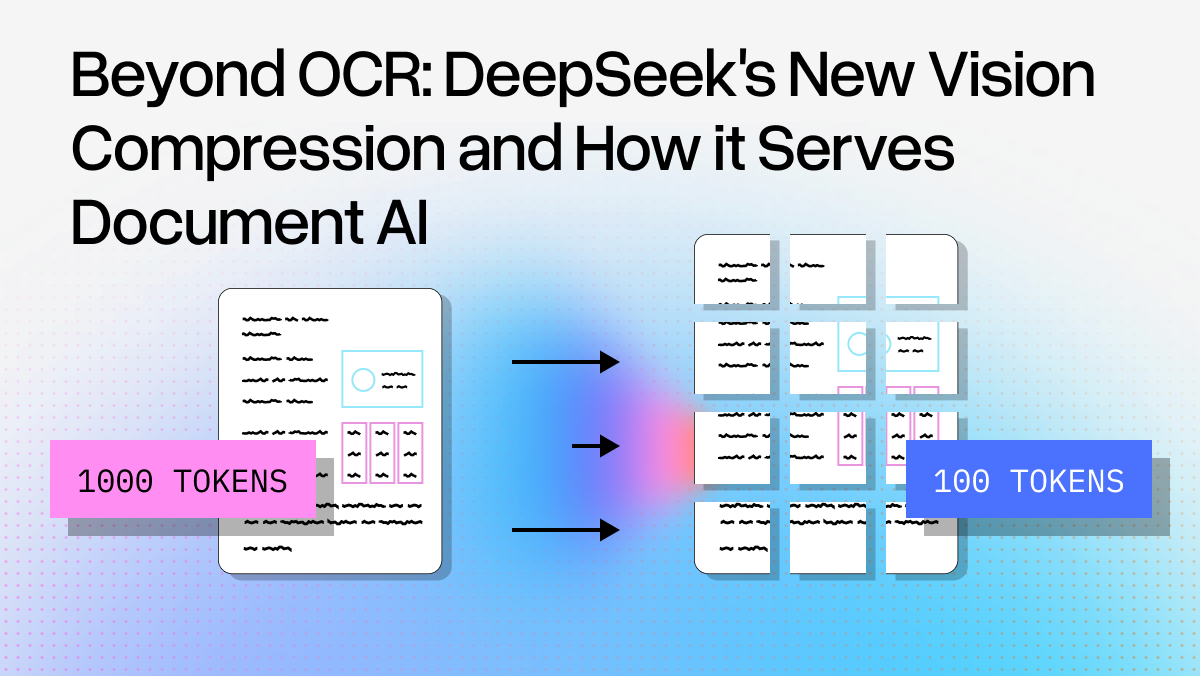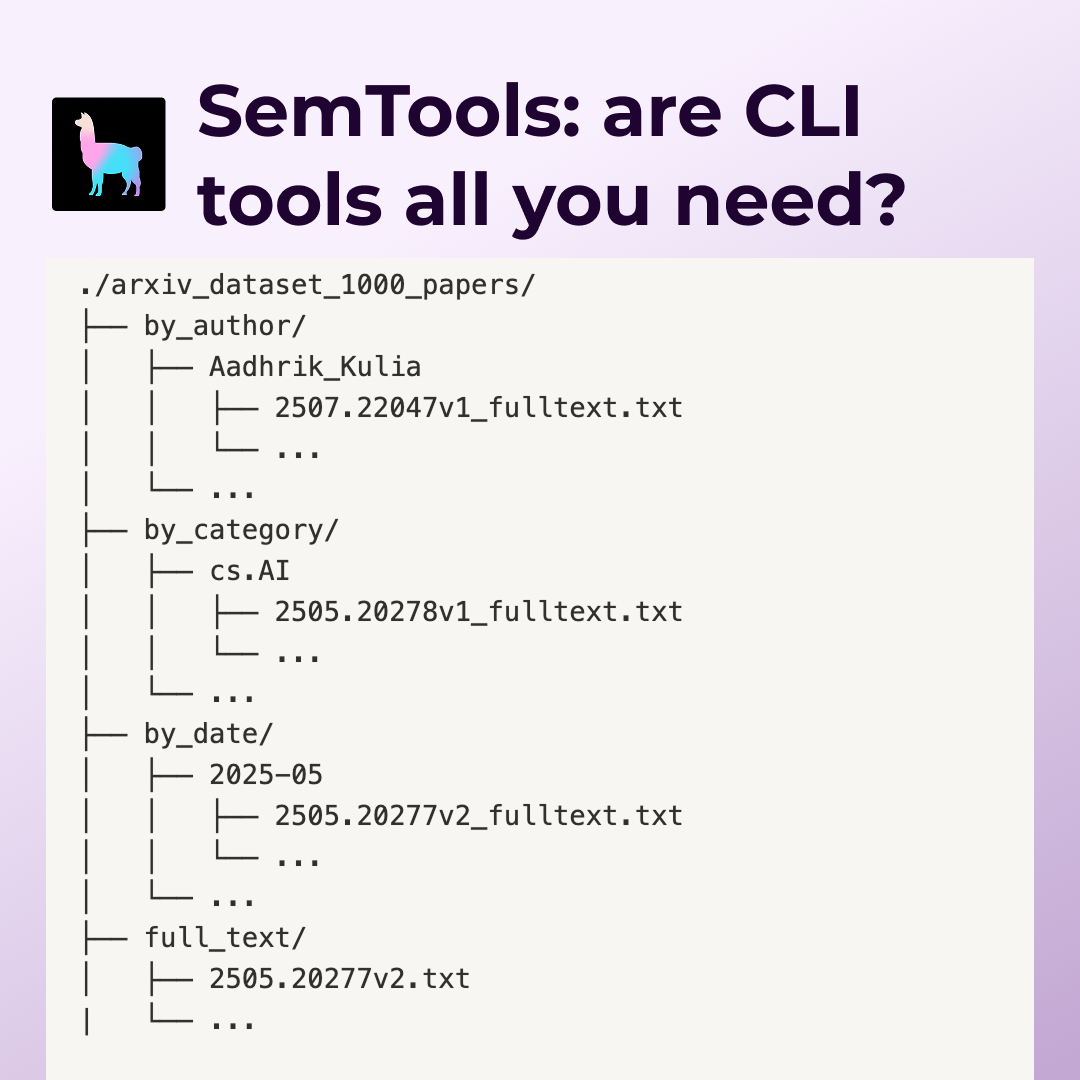In the dynamic world of AI and data analytics, the ability to bridge the gap between complex data queries and non-technical users is a game-changer. My latest project, Na2SQL, showcases this exciting advancement. Leveraging the power of LlamaIndex and OpenAI’s GPT-3.5, this app allows users, regardless of their SQL knowledge, to derive valuable insights from a database using simple natural language.
Features
- Intuitive Natural Language Queries: The core of this application is its ability to understand and process natural language queries. Users can ask questions in plain English and receive SQL queries and insights in return, all without any prior SQL experience.
- Advanced Data Processing: The app doesn’t just stop at generating SQL queries; it executes these queries and analyzes the results to provide meaningful insights, making it a powerful tool for data analysis.
- User-Friendly Interface with Streamlit: I chose Streamlit for its simplicity and effectiveness in creating interactive web applications. The app’s interface is straightforward, ensuring a smooth user experience.
- Database Viewer: An interactive database viewer in the sidebar on the left allows users to explore the database structure, enhancing their understanding and interaction with the data.
The Tech Stack
This project harmoniously integrates several advanced technologies:
- OpenAI’s GPT-3.5: At the heart of the application is GPT-3.5, enabling the app to understand natural natural language queries and transform them into valid SQL queries. Furthermore, it also generates the final analysis considering both the user’s query and the SQL output, thereby providing a comprehensive and relevant response.
- LlamaIndex: A pivotal component of the app is LlamaIndex’s SQLTableQueryEngine. This powerful tool translates natural language queries into SQL, handles the execution of these queries, and plays a significant role in the subsequent analysis using GPT 3.5. Its integration ensures a smooth transition from user inputs to database insights, culminating in a meaningful final analysis that encapsulates the entire natural language-to-SQL-to-execution process.
- LlamaIndex’s Streamlit LlamaPack: Using LlamaIndex’s Streamlit LlamaPack, we quickly assemble and highly functional Streamlit UI. This framework significantly simplifies the UI development process, allowing for rapid deployment and an enhanced user experience.
- SQLite Database: The app interacts with an dummy SQLite ecommerce database, showcasing its ability to work with real-world data.
Deep Dive into the Code
In the heart of the application lies app.py, a script that brings to life the seamless interaction between natural language processing and SQL query generation.
This code is an evolution of the Streamlit chatbot LlamaPack available on Llama Hub, further tailored to meet the specific needs of ecommerce data analytics. Let's dive into some key portions of the app.py script:
1. Initial Imports and Setup
The script begins by importing necessary modules such as Streamlit, SQLAlchemy for database interaction, LlamaIndex for language model services, and other essential libraries.
import streamlit as st
from sqlalchemy import create_engine, inspect
from typing import Dict, Any
from llama_index import (
VectorStoreIndex,
ServiceContext,
download_loader,
)
from llama_index.llama_pack.base import BaseLlamaPack
from llama_index.llms import OpenAI
import openai
import os
import pandas as pd2. StreamlitChatPack Class
The StreamlitChatPack class extends the base LlamaPack, setting up the page and modules necessary for the app's functionality.
class StreamlitChatPack(BaseLlamaPack):
def __init__(
self,
page: str = "Natural Language to SQL Query",
run_from_main: bool = False,
**kwargs: Any,
) -> None:
"""Init params."""
self.page = page
# ... other methods ...3. The run Method
This method is where the magic happens. It sets up the Streamlit page configuration and initializes the chat functionality.
def run(self, *args: Any, **kwargs: Any) -> Any:
"""Run the pipeline."""
import streamlit as st
st.set_page_config(
page_title=f"{self.page}",
layout="centered",
initial_sidebar_state="auto",
menu_items=None,
)
# ... rest of the run method ...4. Database Schema Viewer in the Sidebar
A helpful feature is the Database Schema Viewer, conveniently located in the sidebar. This viewer serves as a reference tool, allowing users to see the structure and content of the database tables, enhancing their understanding of the data they’re querying.
# Sidebar for database schema viewer
st.sidebar.markdown("## Database Schema Viewer")
# Create an inspector object
inspector = inspect(engine)
# Get list of tables in the database
table_names = inspector.get_table_names()
# Sidebar selection for tables
selected_table = st.sidebar.selectbox("Select a Table", table_names)
db_file = 'ecommerce_platform1.db'
conn = sqlite3.connect(db_file)
# Display the selected table
if selected_table:
df = get_table_data(selected_table, conn)
st.sidebar.text(f"Data for table '{selected_table}':")
st.sidebar.dataframe(df)
# Close the connection
conn.close()5. Database Interaction and LLM Integration
This part of the code loads the database from disk and initializes the LLM and the service context for use with Llamaindex. I’ve used GPT3.5 here, but you can easily swap it out with any other LLM of your choice.
# Function to load database and LLM
def load_db_llm():
engine = create_engine("sqlite:///ecommerce_platform1.db")
sql_database = SQLDatabase(engine) # Include all tables
llm2 = OpenAI(temperature=0.1, model="gpt-3.5-turbo-1106")
service_context = ServiceContext.from_defaults(llm=llm2)
return sql_database, service_context, engine
sql_database, service_context, engine = load_db_llm()6. Initializing the NLSQLTableQueryEngine
One of the most critical aspects of the application is the initialization of the NLSQLTableQueryEngine. This is where the app sets up the engine responsible for converting natural language queries into SQL queries, executing them and generating the final response, all with the help of GPT 3.5.
# Initializing the query engine
if "query_engine" not in st.session_state:
st.session_state["query_engine"] = NLSQLTableQueryEngine(
sql_database=sql_database,
synthesize_response=True,
service_context=service_context
)7. User Interaction and Displaying Results
The script provides an interactive interface for users to input natural language queries, which are then translated into SQL queries and executed.
The app concludes by displaying the SQL queries and responses, offering an informative and engaging user experience
if prompt := st.chat_input(
"Enter your natural language query about the database"
): # Prompt for user input and save to chat history
with st.chat_message("user"):
st.write(prompt)
add_to_message_history("user", prompt)
# If last message is not from assistant, generate a new response
if st.session_state["messages"][-1]["role"] != "assistant":
with st.spinner():
with st.chat_message("assistant"):
response = st.session_state["query_engine"].query("User Question:"+prompt+". ")
sql_query = f"```sql\n{response.metadata['sql_query']}\n```\n**Response:**\n{response.response}\n"
response_container = st.empty()
response_container.write(sql_query)
add_to_message_history("assistant", sql_query)Wrapping Up
This app is more than just a tool; it’s a step towards making data analytics accessible to a broader audience. It embodies the potential of AI in simplifying complex data interactions. I invite you to explore this application, witness its capabilities, and join me in this journey towards a more inclusive data-driven future.




